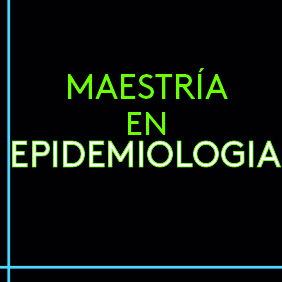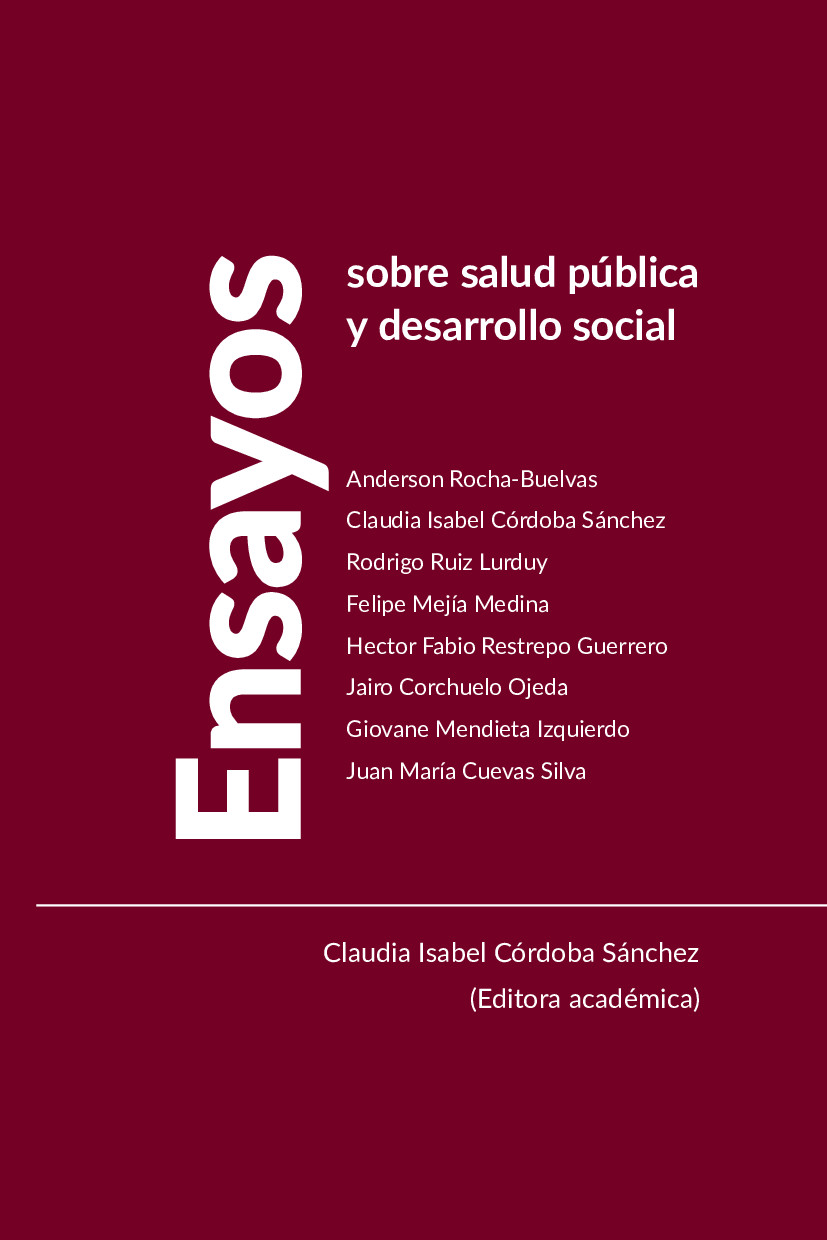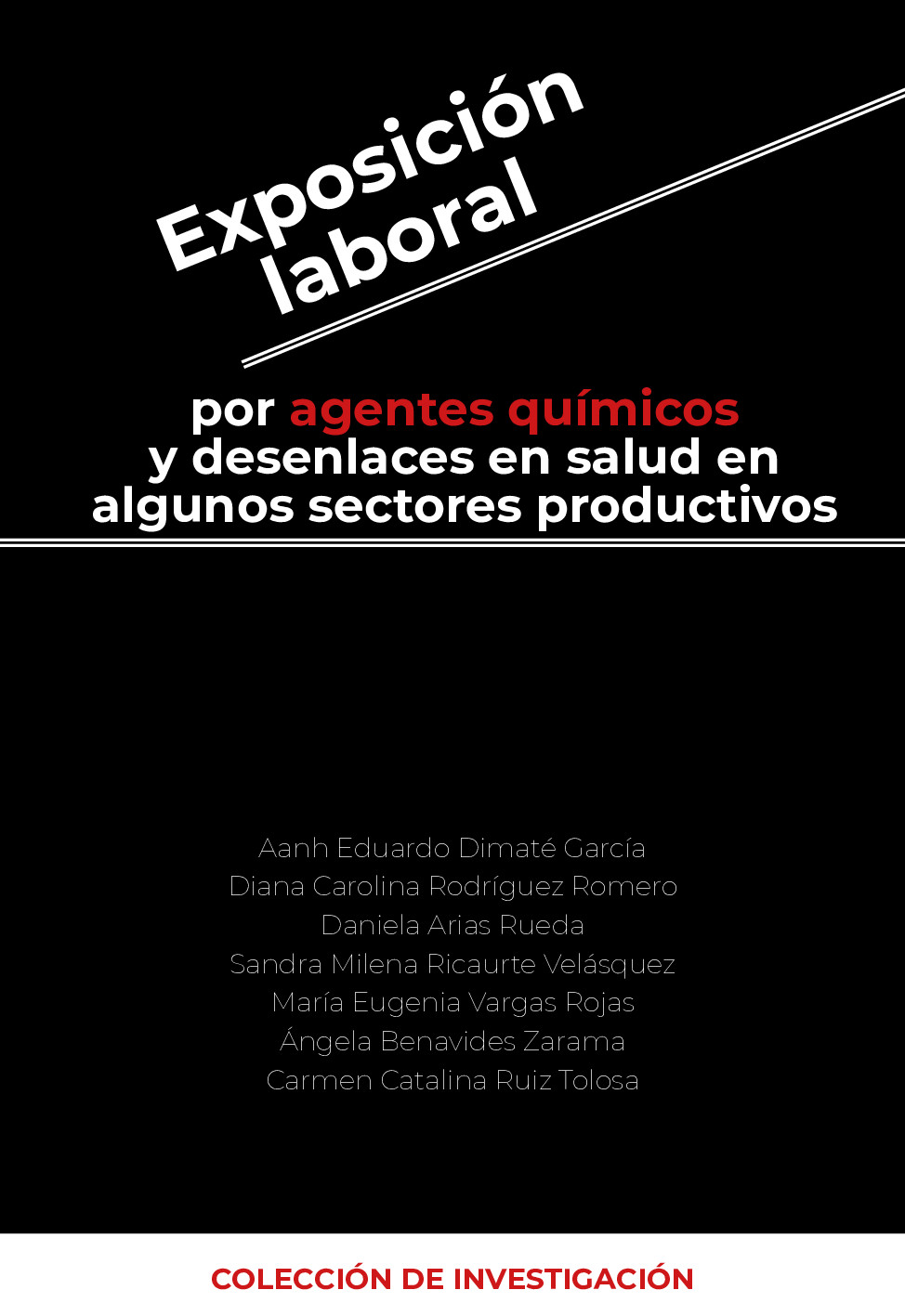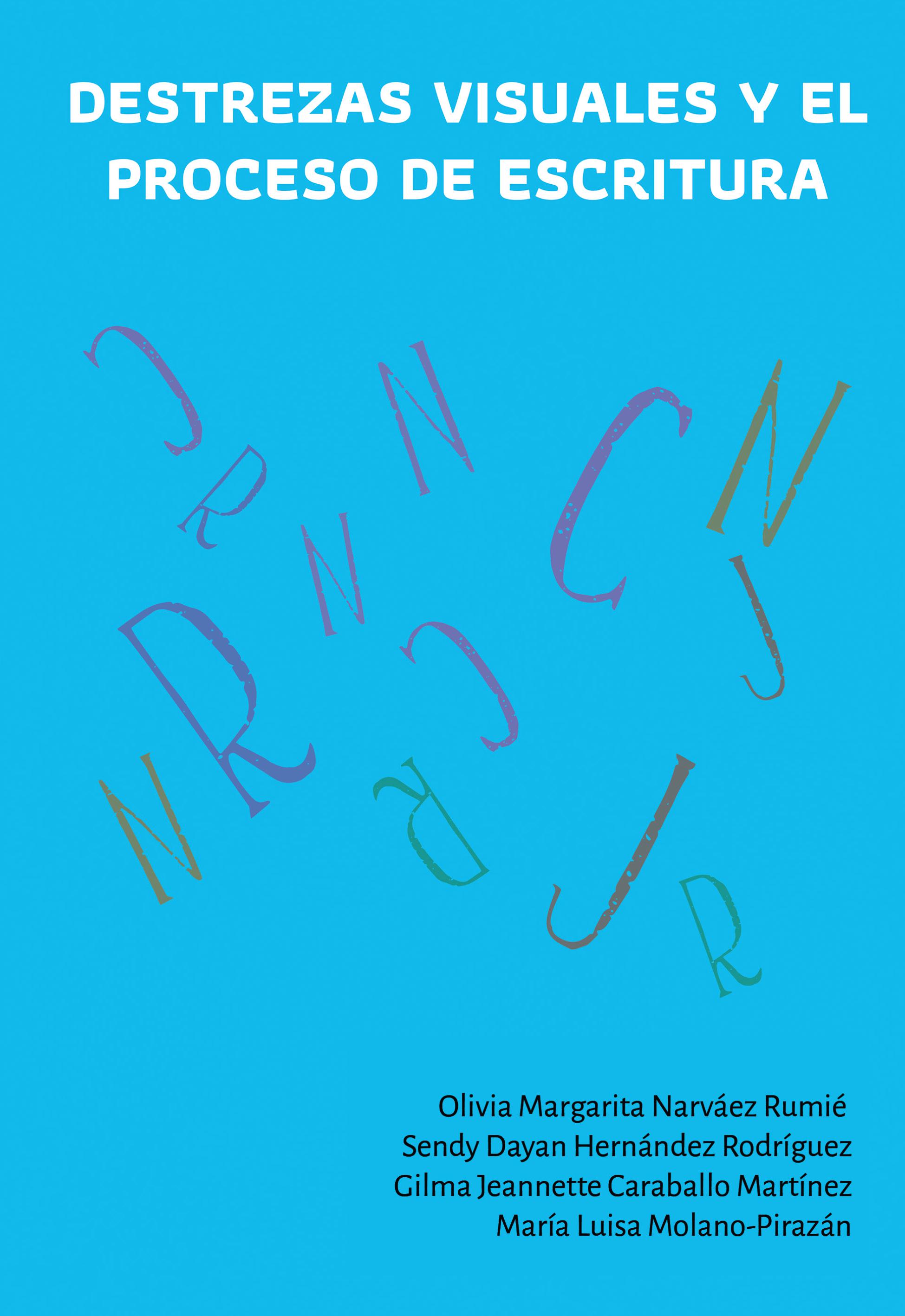Abstract
Objective: to establish the internal consistency and dimensionality of the AUDIT among Colombian native Amerindians dwelling in Bogotá, Colombia.
Method: a validation study was carried out. A total of 184 Amerindians, 99 men and 85 women. The mean of age was 32.0 years (SD=14.0), and mean of formal scholarship, 6.1 years (SD=3.7). The correlations between items and total score, internal consistency (Cronbach alpha and McDonald omega), and dimensionality (factor structure) were computed.
Results: the correlations between items and total score were between 0.368 and 0.788. The AUDIT showed Cronbach alpha of 0.879, McDonald omega of 0.886, and one-dimensional structure that accounted for 50.6% of the total variance.
Conclusions: the AUDIT shows excellent internal consistency and one-dimension structure among Amerindians dwelling in Bogota, Colombia.
Licence
Authors should declare no conflicts of interest either for reasons of financing the project which is the result of the article; as well as intellectuals, academics, moral and investigative reasons.
The Journal of Andean Research is home to the ethical rules for publications issued by the COPE: http://publicationethics.org/resources/code-conduct
References
2. Vicente B, Kohn R, Rioseco P, Saldivia S, Torres S. Psychiatric disorders among the Mapuche in Chile. Int J Soc Psychiatry. 2005; 51: 119-27.
3. Centers for Disease Control and Prevention. Alcohol-attributable deaths and years of potential life lost among American Indians and Alaska Natives--United States, 2001--2005. MMWR. 2008; 57: 938-41.
4. Westermeyer J, Canive J, Thuras P, Thompson J, Crosby RD, Garrard J. A comparison of substance use disorder severity and course in American Indian male and female veterans. Am J Addict. 2009; 18: 87-92.
5. Barros-Bermúdez JA, Rueda-Jaimes GE, Díaz-Martínez LA, Herazo E, Campo-Arias A. Consumo problemático de alcohol asociado a consumo de cigarrillo en población masculina de Bucaramanga, Colombia. Salud Uninorte. 2009; 25: 80-7.
6. Cheng ATA, Gau S-F, Chen THH, Chang J-C, Chang YT. A 4-year longitudinal study on risk factor for alcoholism. Arch Gen Psychiatry. 2004; 61: 184-91.
7. D’Costa G, Nazareth I, Naik D, Vaidya R, Levy G, Patel V, et al. Harmful alcohol use in Goa, India, and its associations with violence: a study in primary care. Alcohol Alcohol. 2007; 42: 131-7.
8. Ewing JA. Detecting alcoholism –The CAGE questionnaire. JAMA. 1984; 252: 1905-7.
9. Shields AL, Caruso JC. A reliability induction and reliability generalization study of CAGE questionnaire. Educ Psychol Meas. 2004; 64: 254-70.
10. Campo-Arias A, Salcedo NR. Consistencia interna del cuestionario CAGE para consumo abusivo de alcohol en adolescentes estudiantes. Arch Salud. 2007; 1: 46-50.
11. Campo-Arias A, Barros-Bermúdez JA, Rueda-Jaimes GE. Propiedades psicométricas del cuestionario CAGE para consumo abusivo de alcohol: resultados de tres análisis. Rev Colomb Psiquiatr. 2009; 38: 294-303.
12. Organización Mundial de la Salud. Clasificación Internacional de las Enfermedades (CIE). Trastornos mentales y del comportamiento. Criterios diagnósticos de investigación. 10 Edición. Madrid: Meditor; 1993.
13. Asociación Psiquiátrica Americana. Manual diagnóstico y estadístico de los trastornos mentales DSM IV-TR. Barcelona: Masson; 2001.
14. Babor TF, Higgins-Biddle JC, Saunders JB, Monteiro MG. Cuestionario de Identificación de los Trastornos debidos al Consumo de Alcohol. Pautas para su utilización en atención primaria. Ginebra: Organización Mundial de la Salud; 2001.
15. Reinert DF, Allen JP. The Alcohol Use Disorders Identification Test: An update of research finding. Alcohol Clin Exp Res. 2007; 31: 185-99.
16. Gache P, Michaud P, Landry U, Accietto C, Arfauoi S, Wenger O, et al. The Alcohol Use Disorders Identification Test (AUDIT) as a screening tool for excessive drinking in primary care: Reliability and validity of a French version. Alcohol Clin Exp Res. 2005; 29: 2001-7.
17. Lima CT, Freire ACC, Silva AAP. Teixeira RM, Farrell M, Prince M. Concurrent and construct validity of the AUDIT in an urban Brazilian sample. Alcohol Alcohol. 2005; 40: 584-9.
18. Carey KB, Carey MP, Chandra PS. Psychometric evaluation of the Alcohol Use Disorders Identification Test and Short Drug Abuse Screening Test with psychiatric patients in India. J Clin Psychiatry. 2003; 64: 767-74.
19. Perula de Torres LA, Fernández-García JA, Arias-Vega R, Muriel-Palomino M, Marquez-Rebollo E, Ruiz-Moral R. Validez del cuestionario AUDIT para la detección de problemas relacionados con el consumo de alcohol en mujeres. Med Clin. (Barc.) 2005; 125: 727-30.
20. Alvarado ME, Garmendia ML, Acuña G, Santis R, Arteaga O. Validez y confiabilidad de la versión chilena del Alcohol Use Disorders Identification Test (AUDIT). Rev Med Chile. 2009; 137: 1463-8.
21. Daeppen JB, Yersin B, Landry U, Pécoud A, Decrey H. Reliability and validity of the Alcohol Use Disorders Identification Test (AUDIT) imbedded within a general health risk screening questionnaire: results of a survey in 332 primary care patients. Alcohol Clin Exp Res. 2000; 24: 659-65.
22. Rumpf H-J, Kapke U, Meyer C, John U. Screening for alcohol use disorders and at-risk drinking in the general population: psychometric performance of the three questionnaires. Alcohol Alcohol. 2002; 37: 261-8.
23. Selin KH. Test-retest reliability of the Alcohol Use Disorder Identification Test in a general population sample. Alcohol Clin Exp Res. 2003; 27: 1428-31.
24. Santis R, Garmendia ML, Acuña G, Alvarado ME, Arteaga O. The Alcohol Use Disorders Identification Test (AUDIT) as a screening instrument for adolescents. Drug Alcohol Depend. 2009; 103: 155-8.
25. Moussas G, Dadouti G, Douzenis A, Poulis E, Tzelembis A, Bratis D, et al. The Alcohol Use Disorders Identification Test (AUDIT): reliability and validity of the Greek version. Ann Gen Psychiatry. 2009; 8: 11. doi: 10.1186/1744- 859X-8-11.
26. Villamil V, Valencia M, Medina-Mora ME, Juárez F. Validación de la prueba de identificación de los trastornos derivados del consumo de alcohol (AUDIT) en pacientes mexicanos con esquizofrenia. Rev Panam Salud Publica. 2009; 26: 283-9.
27. Cortina JM. What is coefficient alpha? An examination of theory and applications. J Appl Psychol. 1993; 78: 98-104.
28. Becker G. Coefficient alpha: some terminological ambiguities and related misconceptions. Psychol Report. 2000; 86: 365-72.
29. Karno M, Granholm E, Lin A. Factor structure of the Alcohol Use Disorders Identification Test (AUDIT) in a mental health clinic sample. J Stud Alcohol. 2000; 61: 751-8.
30. Maisto SA, Conigliaro J, McNeil M, Kraemer K, Kelley ME. An empirical investigation of the factor structure of the AUDIT. Psychol Assess. 2000; 12: 346-53.
31. Chung T, Colby SM, Barnett NP, Monti PM. Alcohol Use Disorders Identification Test: Factor structure in a sample an adolescent emergency department sample. Alcohol Clin Exp Res. 2002; 26: 223-31.
32. Von Der Pahlen B, Santilla P, Witting K, Varjonen M, Jern P, Johansson A, et al. Factor structure of the Alcohol Use Disorders Identification Test (AUDIT) for men and women in different age groups. J Stud Alcohol. 2008; 69: 616-21.
33. Skipsey K, Burleson JA, Kranzler HR. Utility of the AUDIT for identification of hazardous or harmful drinking in drug dependent patients. Drug Alcohol Depend. 1997; 45: 153-63.
34. Londoño C, García W, Valencia SC, Vinaccia S. Expectativas frente al consumo de alcohol en jóvenes universitarios colombianos. An Psicol. 2005; 21: 259-67.
35. Bermúdez SB, Durán MM, Escobar C, Morales A, Monroy SA, Ramírez J, et al. Evaluación de la relación entre rendimiento académico y estrés en estudiantes de medicina. Medunab. 2006; 9: 198-205.
36. Londoño C, Valencia C. Asertividad, resistencia a la presión de grupo y consumo de alcohol en universitarios. Acta Colomb Psicol. 2008; 11: 155-62.
37. Estudio Epidemiológico Andino sobre Consumo de Drogas Sintéticas en la población universitaria. Lima: Secretaría General de la Comunidad Andina; 2009.
38. Estudio Nacional de Consumo de Drogas en Colombia. Bogotá: Ministerio del Interior y de Justicia, Ministerio de la Protección Social y Dirección Nacional de Estupefaciente; 2009.
39. Campo-Arias A, Oviedo HC. Propiedades psicométricas de una escala: la consistencia interna. Rev Salud Publica. 2008; 10: 831-9.
40. Fiellin DA, Reid C, O´Connor PG. Screening for alcohol problems in primary care. Arch Intern Med. 2000; 160: 1977-89.
41. Batista-Foguet JM, Coenders G, Alonso J. Análisis factorial confirmatorio. Su utilidad en la validación de cuestionarios relacionados con la salud. Med Clin. (Barc.) 2004; 122 (Supl. 1): 21-7.
42. Seale JP, Shellenberger S, Sanchez N, Vogel RL, Villalobos E, Girton FS, et al. Characteristics of problem drinking in a urban South American indigenous population. Subst Use Misuse. 2010; 45: 2185-2202.
43. Resolución 008430 por la cual se establecen las normas científicas, técnicas y administrativas para la investigación en salud. Bogotá: Ministerio de Salud de Colombia; 1993.
44. McDonald RP. Theoretical foundations of principal factor analysis and alpha factor analysis. Br J Math Stat Psychol. 1970; 23: 1-21.
45. Cronbach LJ. Coefficient alpha and the internal structure of test. Psychometrika. 1951; 16: 297-334.
46. STATA 9.0. College Station: Stata Corporation; 2005.
47. Jaju A, Crask MR. The perfect design: optimization between reliability, validity, redundancy in scale ítems and response rates. Am Market Assoc. 1999; 10: 127-31.
48. Saunders JB, Aasland OG, Amundsen A, Grant M. Alcohol consumption and related problems among primary care patients: WHO Collaborative Project on Early Detection of Persons with Harmful Alcohol Consumption–I. Addiction. 1993; 88: 349-62.
49. Gorsuch RL. Exploratory factor analysis: its role in item analysis. J Pers Asses. 1997; 68: 532-60.
50. Streiner DL. Figuring out factors: the use and misuse of factor analysis. Can J Psychiatry. 1994; 39: 135-40.
51. Worthington RL, Whittaker TA. Scale development research. A content analysis and recommendations for best practices. Counsel Psychol. 2006; 34: 806-38.
52. Pirkola SP, Poikolaine L, Lönnqvist JK. Currently active and remitted alcohol dependence in a nationwide adult general population –Results from the Finnish Health 2000 Study. Alcohol Alcohol. 2006; 41: 315-20.
53. D’Costa G, Nazareth I, Naik D, Vaidya R, Levy G, Patel V, et al. Harmful alcohol use in Goa, India, and its associations with violence: a study in primary care. Alcohol Alcohol. 2007; 42: 131-7.
54. Rehm J, Room R, Taylor B. Method for moderation: measuring lifetime risk of alcoholattributable mortality as a basis for drinking guidelines. Int J Methods Psychiatr Res. 2008; 17: 141-51.

 PDF (Español (España))
PDF (Español (España))
 FLIP
FLIP




















